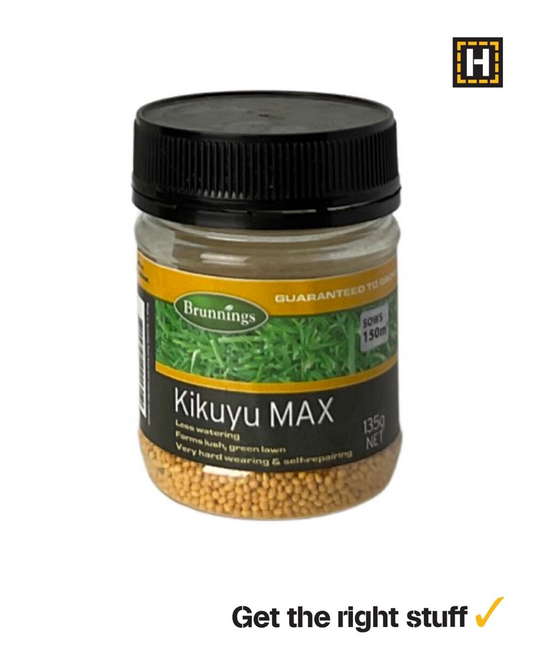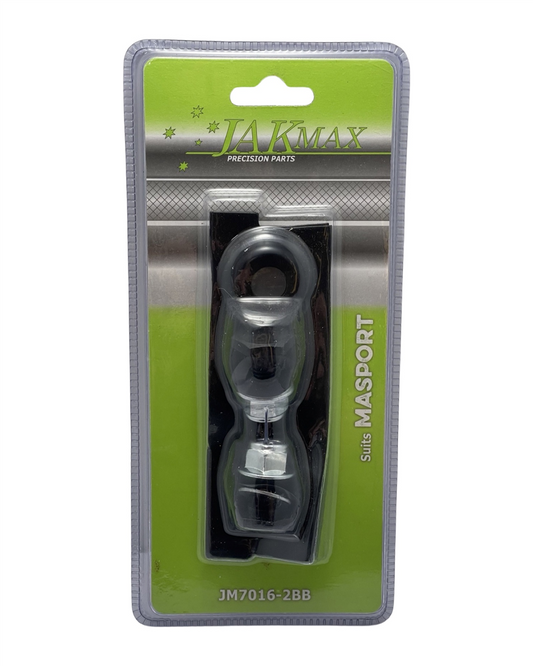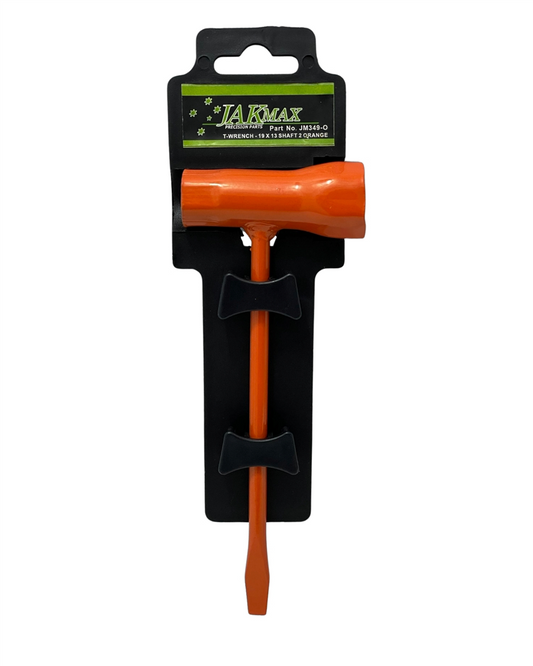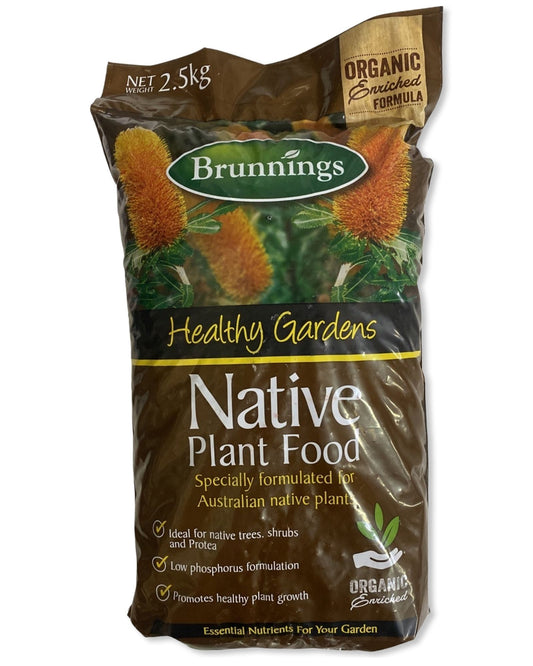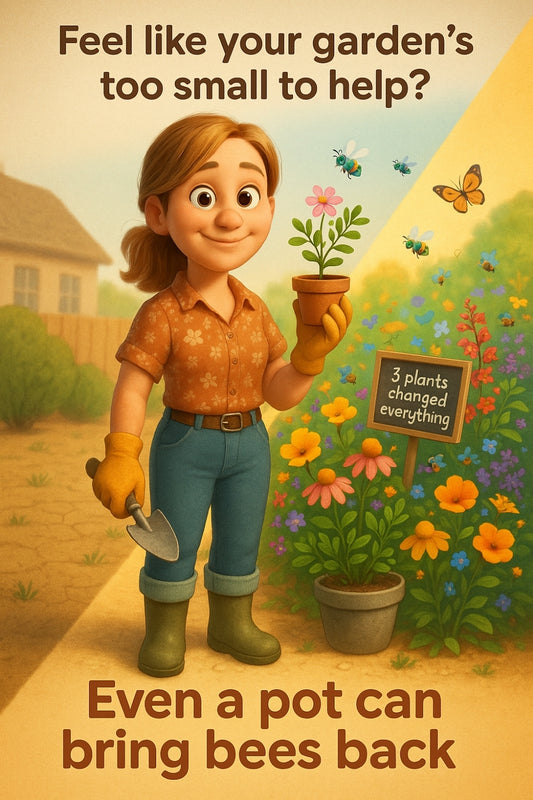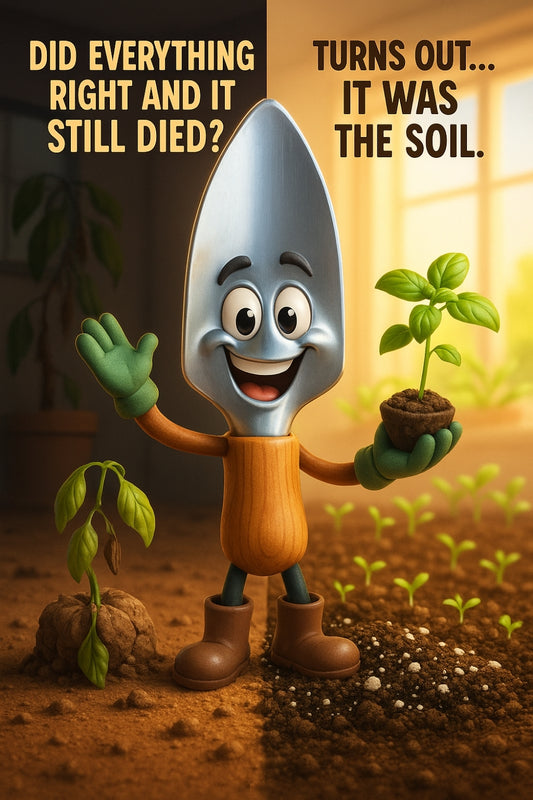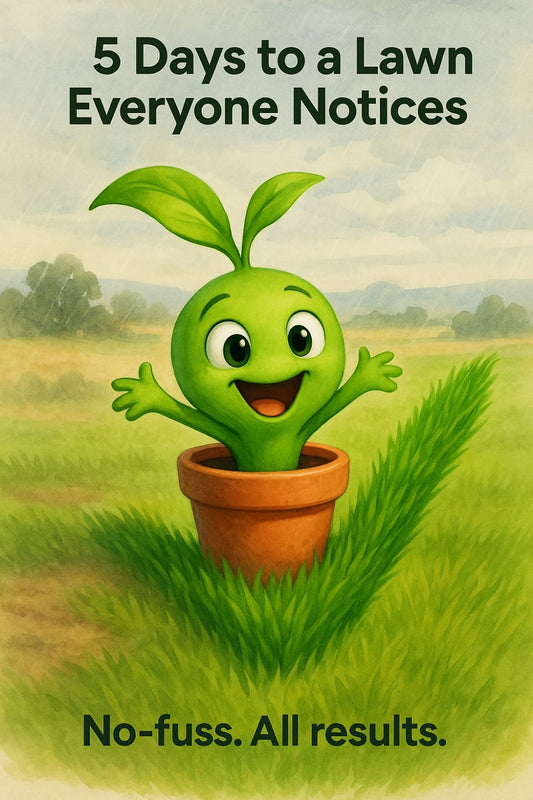Gardena’s smart sensor changed everything—for anyone who’s ever killed a basil plant indoors
Share
Grow herbs on your kitchen bench? Yes—you really can with indoor hydroponics
Indoor hydroponic gardening isn't some elite science experiment—it’s a simple way to grow herbs, leafy greens, and even strawberries using just water, light, and a little guidance. Gone are the days of failed pot plants and crumbly soil bags perched on your windowsill. With the right setup, you can harvest fresh produce year-round—no backyard required.
What is hydroponics—and why is it renters’ new best friend?
Hydroponics is a clean, soil-free way to grow plants using nutrient-rich water and smart lighting. It started in ancient Babylon (hello, Hanging Gardens), and is now a go-to solution for space-saving growers, eco-minded gardeners, and anyone who’s sick of watching their coriander die... again.
It’s tidy. It’s efficient. And thanks to easy kits and table-top units, it’s beginner-friendly, too.
"Most people think gardening starts with a trowel—it often starts with confidence."
— Candeece, local gardening advisor
Why beginners love indoor hydroponic gardening
Let’s break it down into what really matters when you’re starting out: ease, speed, and satisfaction. Here’s what indoor hydro grows offer that soil often doesn’t:
- Fast results: Plants grow up to 50% quicker thanks to direct nutrient delivery
- No mess: No potting mix, no weeding, no snails in sight
- Low risk of plant failure: Hydroponic kits give plants exactly what they need, when they need it
- Compact designs: Benchtop units fit anywhere from studio apartments to sunny laundry shelves
So what can you actually grow?
If you think “hydroponics” and picture high-tech glasshouses or giant towers—think smaller. Most starter kits can grow everyday favourites like:
- Sweet basil (yep, the one you always buy and forget to use)
- Coriander (no more turning to mush after one week!)
- Mint, parsley, rocket, and lettuce
- Even strawberries—seriously!
With leafy greens, you can expect to harvest in just a few weeks. That means your store-bought salad habit might get a homegrown upgrade sooner than expected.
How it works in three super-simple steps
1. Add water & nutrients
Use clean water and a hydroponic nutrient mix—available pre-measured at garden stores or online. Top up as plants drink.
2. Drop in your seed pods
Most countertop kits come with growing pods or plugs. Pop in your seeds or seedlings and let them rest in the water basin.
3. Let the light shine
Position your hydro kit near a sunny window—or use the built-in LED grow light. Plants need about 12-16 hours of light daily.
Easy as a cuppa. And no soil clean-up in the sink.
Common starter kits we’ve seen take off locally
We’ve noticed more folks picking up compact systems that double as home decor. Sleek wood bases, bamboo finishes, and minimalist shapes that blend right into your bench space. Brands vary, but what makes a good beginner setup is really just:
- A shallow water basin (less risk of overwatering)
- An intuitive LED grow light with timer function
- Starter seed pods or net cups
Tip: Choose a system that has refillable nutrients and widely available pod refills. Don't get locked into one brand's pricey ecosystem.
But what if I don't have green fingers?
Hydroponics is often easier than soil because it removes the guesswork. The plant either grows or it doesn’t—it’s not hiding in the soil trying to tell you if you’ve over or underwatered.
Plus, seeing little white roots dangle in clear water? It's surprisingly satisfying. You know it’s working—and that’s a big boost for confidence.
Will I need to measure pH and do testing?
Only if you want to geek out. Most casual kits come pH-balanced with pre-mixed nutrients. If you're just growing for fun, there's no need to turn your kitchen into a laboratory. Keep it chilled, keep it simple.
The old way versus the new
In soil gardening, you plant, water, wait, and hope. In hydroponics, you plant, check the lights, and watch it grow. No mystery shady spots or intergalactic bugs eating your basil overnight.
Plus, if you’re renting or short on outdoor space—or just don’t want the mess—this style of gardening replaces hours of trial-and-error with a clean system that simply... works.
The best part? You can start tiny, then grow big
Start with basil. Let it thrive. Then add mint and lettuce. Soon your benchtop’s full and you’re giving away fresh herbs like a proud pro. Indoor hydroponics doesn’t replace outdoor gardening—but it does give you a way to grow where soil can’t reach. And for beginners? That’s magic.
Here’s your mic drop: You don’t need a backyard to grow food—you just need to start where you are.
Happy planting,
Candeece
 Stay Connected
Stay Connected
Join our gardening community on Facebook: Urban Gardener's Notebook
And follow our Store Facebook Page: Strathalbyn H Hardware on Facebook


